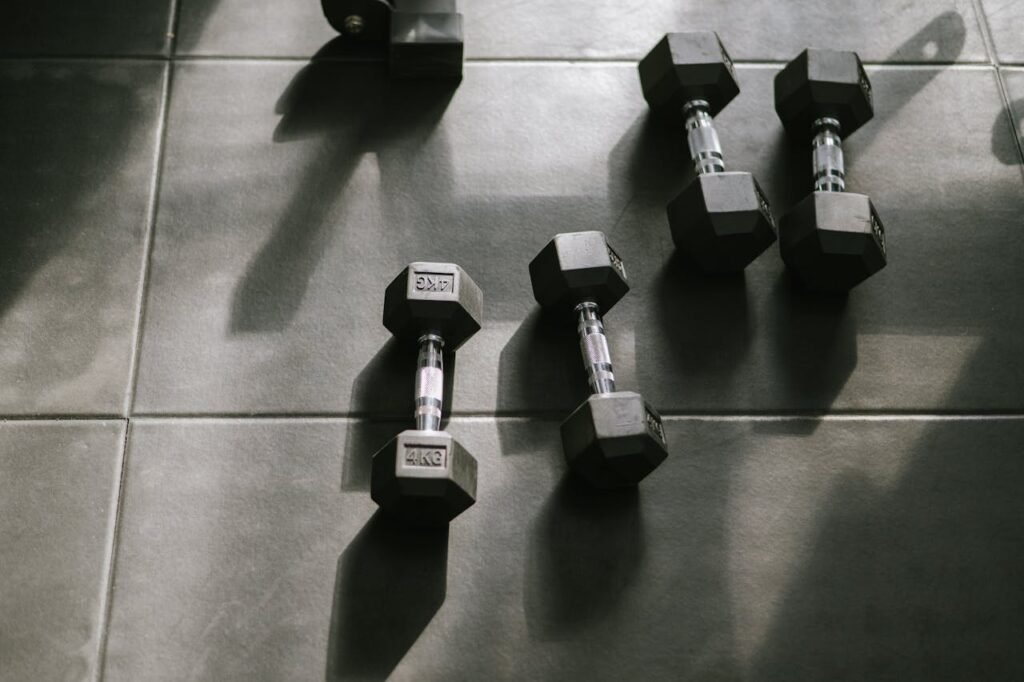Let’s get one thing straight: strength training isn’t just for twenty-something gym bros trying to impress people at the beach. Whether you’re 25 or 75, picking up weights (or using your own body weight) might be the single best investment you can make in your future self.
Here’s the reality: your muscles don’t care about your age or your preconceived notions. They respond to stimuli, and strength training provides exactly what they need to thrive.
Your Body is Always Changing (Whether You Like It or Not)
Starting around age 30, we naturally lose about 3-8% of our muscle mass per decade. This process, called sarcopenia, accelerates after 60. Think of it as your body’s default setting shifting from “build mode” to “maintenance mode” to “gradual decline mode.” But here’s the beautiful thing about strength training: it’s like hitting the override button on this natural process.
When you challenge your muscles with progressive resistance, you’re essentially telling your body, “Hey, we still need this strength. Keep building.” Your muscles respond by maintaining and even increasing their size and power, regardless of whether you’re 35 or 85.
What Really Happens When You Lift
Sure, stronger muscles are great, but the benefits extend far beyond looking good in a t-shirt. Strength training triggers a cascade of positive changes throughout your entire system.
Your bones become denser. Every time you lift something heavy, you’re creating micro-stress on your skeletal system. Your body responds by laying down more calcium and minerals, making your bones stronger and more resistant to fractures. This is especially crucial as we age, when falls become more dangerous and recovery takes longer.
Your metabolism gets a permanent boost. Muscle tissue is metabolically active; it burns calories even when you’re sleeping. More muscle means your body naturally burns more calories throughout the day, making weight management easier without the need for restrictive dieting.
Your balance and coordination improve dramatically. Strength training isn’t just about moving weight from point A to point B. It teaches your nervous system to coordinate complex movement patterns, improving your stability and reducing your risk of falls and injuries in daily life.
The Mental Game Changes Everything
Here’s something most people don’t expect: strength training is as much a mental practice as a physical one. There’s something profoundly empowering about progressively lifting heavier weights or completing more repetitions than last month.
This isn’t just feel-good psychology. Research consistently shows that strength training reduces symptoms of anxiety and depression while boosting self-confidence. When people prove to themselves that they’re capable of physical challenges, that confidence spills over into every other area of life.
For older adults, this psychological benefit becomes even more significant. Maintaining independence and feeling capable in your own body isn’t just about physical health; it’s about dignity and quality of life.
Starting Smart
The biggest mistake people make is thinking strength training means immediately loading up a barbell with plates. Real strength training starts with mastering basic movement patterns using whatever resistance is appropriate for your current fitness level.
For some people, that might mean bodyweight squats or wall push-ups. For others, it could be resistance bands or light dumbbells. The key is progressive overload, gradually increasing the challenge as your body adapts.
If you’re new to this, focus on compound movements that work multiple muscle groups: squats, deadlifts, push-ups, and rows. These exercises give you the most bang for your buck and translate directly to real-world activities like getting up from a chair, lifting groceries, or playing with grandchildren. While many people can start on their own with basic movements, investing in a few sessions of personal training can help establish proper form and create a customized program that matches your specific needs and goals.
The bottom line? Age doesn’t disqualify anyone from getting stronger; it makes strength training even more essential. Start where you are, use what you have, and watch your body prove what’s possible when given the stimulus it craves.

